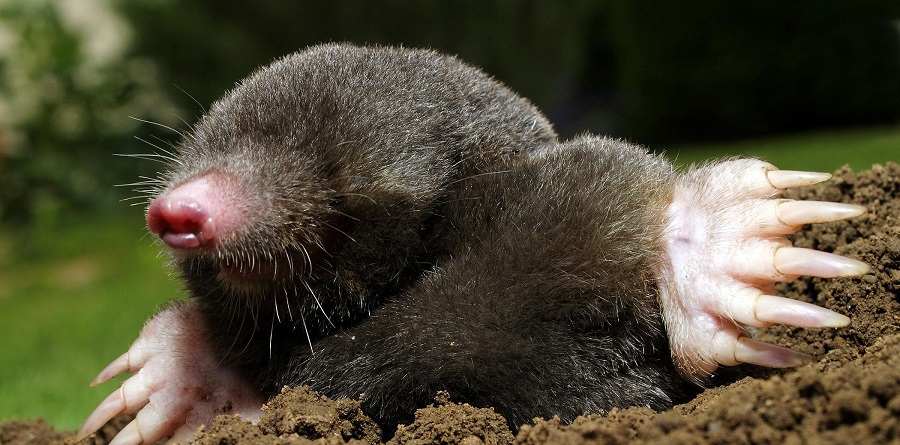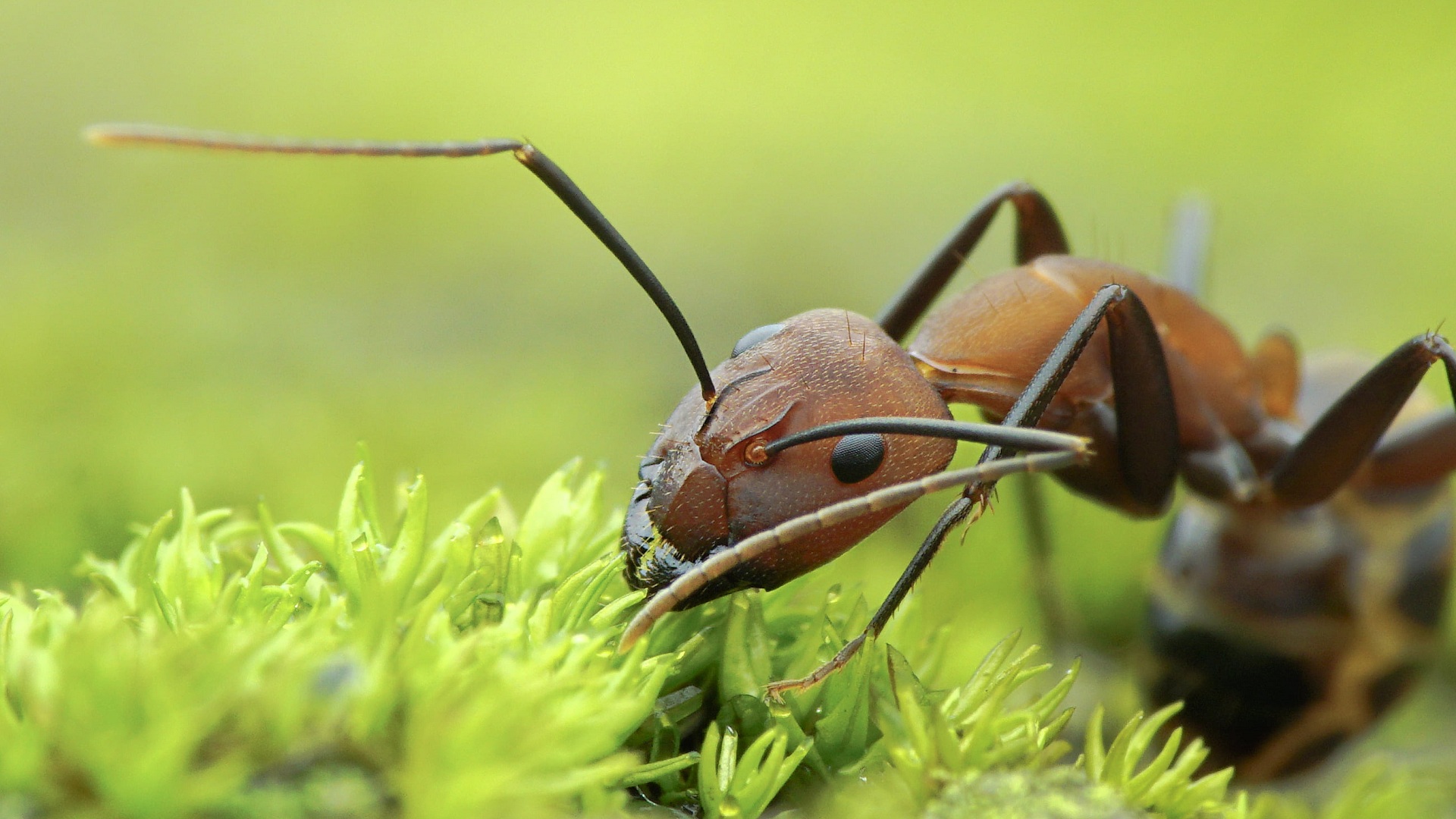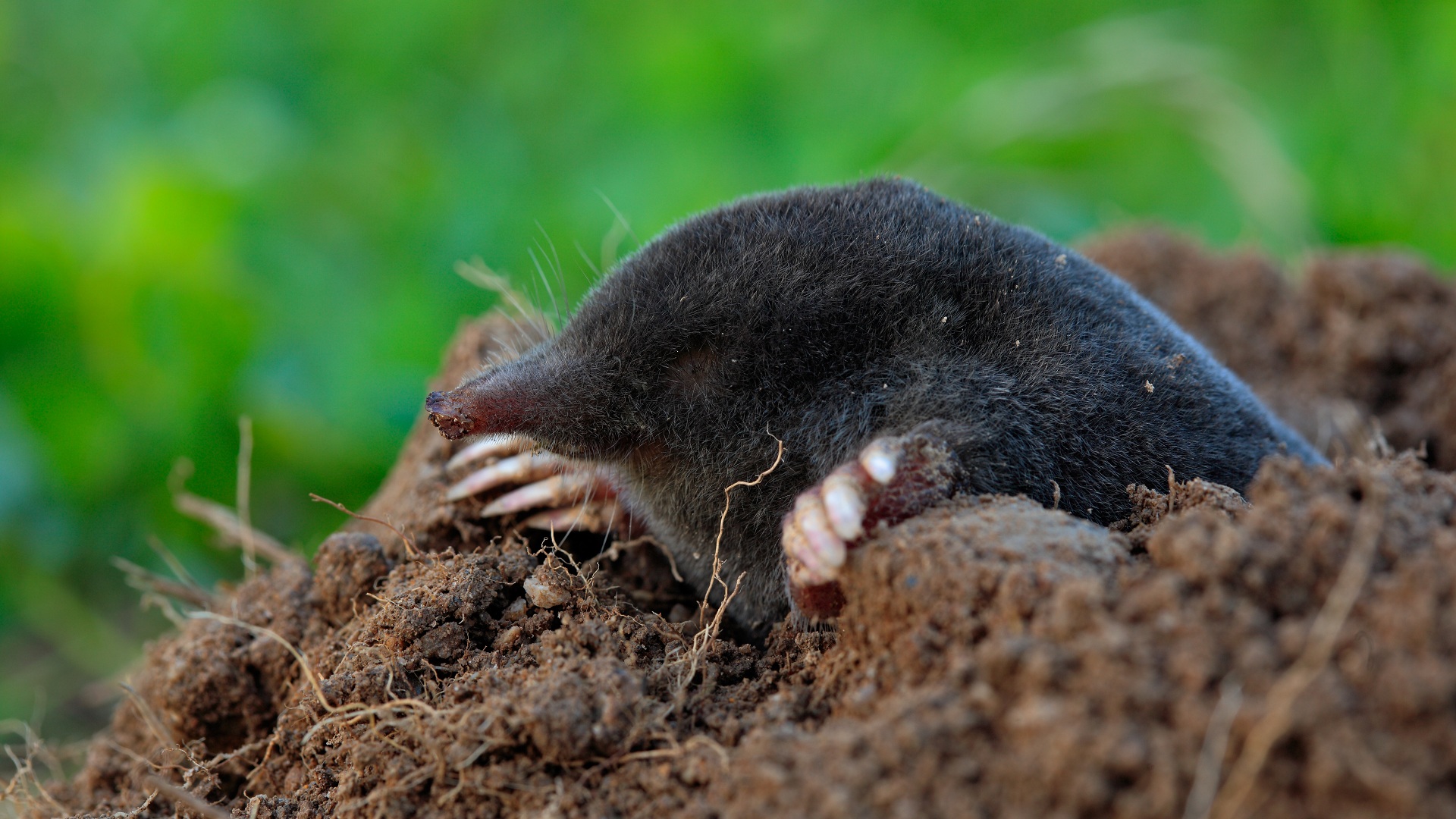Pest Control
The Basics on Lawn Pests
Try as we might to take care of our lawn, there’s nothing we can do about all of the insects and organisms that live within the grass.
Lawn pests have long been a problem for homeowners and knowing how to get rid of them, prevent them from appearing in the first place, and protect your lawn from damage is an essential part of gardening.
The Types of Lawn Pests

When you think about the pests that overrun your lawn, it’s easy to assume the usual suspects like ants and bugs are the only ones we’re concerned with.
However, there are a few different types of lawn pests that can be living within your lawn and causing all kinds of problems:
- Insects: Insects are small and inconspicuous which can make these pests hard to find, but they’re capable of doing a lot of damage. The most troublesome insects to find on your lawn include bugs, flies , beetles, caterpillars, ants, moths, borers, and leafrollers.
- Mammals: Each area of the US is home to different mammals that would be classed as pests and you’ve likely spotted a few of them in your garden. Depending on where you live, the most common mammalian pests are squirrels, rats, mice, rabbits, gophers, and moles, but there are plenty of others as well.
- Birds: Depending on where you live, bird can both be a fantastic pest repent, tackling insect and small mammal populations. But birds can also be pests that cause havoc in your yard.
- Lichen: This pest is also known as lichenized fungi and it happens when a fungus and algae combine and supply each other with what they need to live. Dog lichen is the most common type and it appears as black slime on your lawn, and as a living organism, it’s considered a troublesome pest.
How to Control and Eradicate Pests

As with most parts of gardening, keeping your lawn properly maintained and healthy is one of the best things you can do to control pests.
When conditions are poor in your grass and there’s no plan in place for pesticides or barriers, you’re making it easier for pests to make their way in and thrive.
Being educated on the most common pests in your area and how to identify and treat them is the other thing you can do.
Keep an eye on your lawn and make note of any changes or signs that pests have been present, then act quickly to eradicate them and prevent the damage from getting out of control.
If you spot an ant hill don’t wait for weeks to tackle the problem, the same applies to moles and other weird and suspicious holes and mounds.
The Best Tools for Pest Removal

There are many different pests roaming your lawn at any given time, and just as many ways to treat them.
Depending on the intruders you’ve identified and how you prefer to treat them, these are some of the popular methods and tools for pest control.
- Animal traps: There are a variety of humane animal traps available if you are dealing with larger pests in your lawn and garden. An animal trap can lure the pest in and then a pest control expert can come and remove them without doing them harm.
- Pesticides: Pesticides come in many varieties including selective, pre-emergent, natural, and chemical. A pesticide should only be applied if you have identified the pest variety in your garden and will work best when used in conjunction with other pest control methods.
- Fencing: For larger pests like rabbits and squirrels, you might consider using some form of fencing or barrier to keep them out. This works especially well if you have a garden bed but can be harder to achieve over your entire lawn.
- Top dressing: Top dressing is the act of throwing soil, sand, or compost on top of your lawn and it’s an effective way of preventing pests from growing. The use of top dressing makes the conditions under the soil unhabitable while delivering loads of benefits for your grass.
Organic Lawn Pest Control

Sometimes it’s best way to tackle a pest is to find it’s natural enemies or things it avoids. Organic lawn pest control really does work.
As we mentioned before birds can act as a surprisingly good pest removal tool when it comes to small mammals and especially insects. Some people have gone as far as to use house bats on their properties to eat large volumes of insects.
Planting companion plants that have natural chemical and biological protection against insects can deter them.
Ant are repulsed for example are repulsed by mint, garlic and other plants. They also tend to avoid charcoal and lime.







